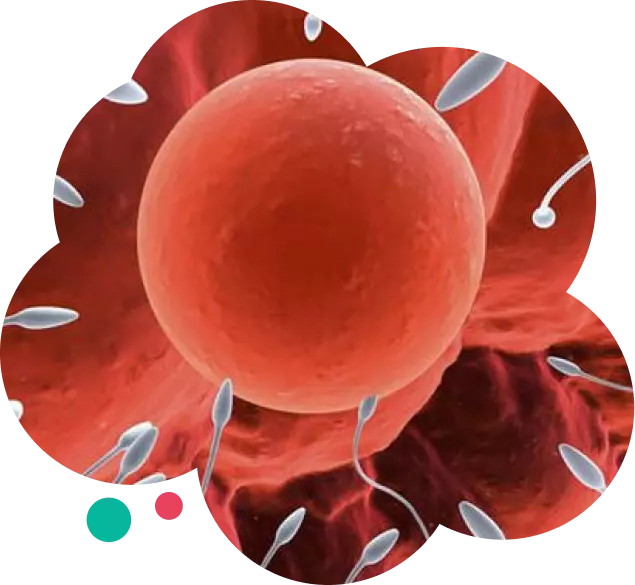
Blastocyst culture treatment is an advanced technique used in assisted reproductive technology to enhance the success rates of in vitro fertilization (IVF). It involves growing embryos to a more developed stage before implantation, allowing for better selection of viable embryos. This method can significantly improve the chances of a successful pregnancy.

Blastocyst culture involves growing embryos in the lab for about five to six days until they reach the blastocyst stage. This stage is crucial as it indicates that the embryo is more developed and ready for implantation. It allows embryologists to better assess embryo quality before transfer.
During this time, embryos are closely monitored to ensure proper development. The blastocyst stage is marked by the formation of a fluid-filled cavity essential for implantation. Extending the culture period helps select the healthiest embryos for transfer.
This method increases the chance of successful pregnancy by implanting embryos with a higher likelihood of success. It also reduces the risk of multiple pregnancies, as fewer embryos are typically transferred. Ultimately, blastocyst culture enhances overall IVF success rates.
Blastocyst culture extends the embryo culture period to five or six days, allowing embryos to reach the blastocyst stage. This stage offers a higher potential for implantation by ensuring embryos have developed further. Optimal growth conditions are carefully controlled during this process.
Embryos are observed daily to track their development and determine when they reach the blastocyst stage. Only embryos showing the best growth are selected for transfer, enhancing the chances of successful implantation. This method focuses on choosing high-quality embryos.
Once the blastocyst stage is achieved, a suitable embryo is selected for transfer to the uterus. Remaining embryos can be frozen for future use or discarded as per the couple’s preference. This approach maximizes the likelihood of a successful pregnancy.


Blastocyst culture is suitable for:
This approach enhances the chances of pregnancy by focusing on embryos that have reached the blastocyst stage, which is closer to implantation.


The benefits of blastocyst culture include:
Blastocyst culture optimizes embryo transfer by focusing on those that have developed to a more advanced stage, enhancing overall fertility treatment success.
It improves embryo selection, enhancing the chances of successful implantation and reducing multiple pregnancies.
The process typically takes about five to six days, during which embryos develop to the blastocyst stage.
Not all embryos reach the blastocyst stage; only those that develop optimally are selected for transfer.
It is suitable for many but may be tailored based on individual fertility factors and treatment goals.